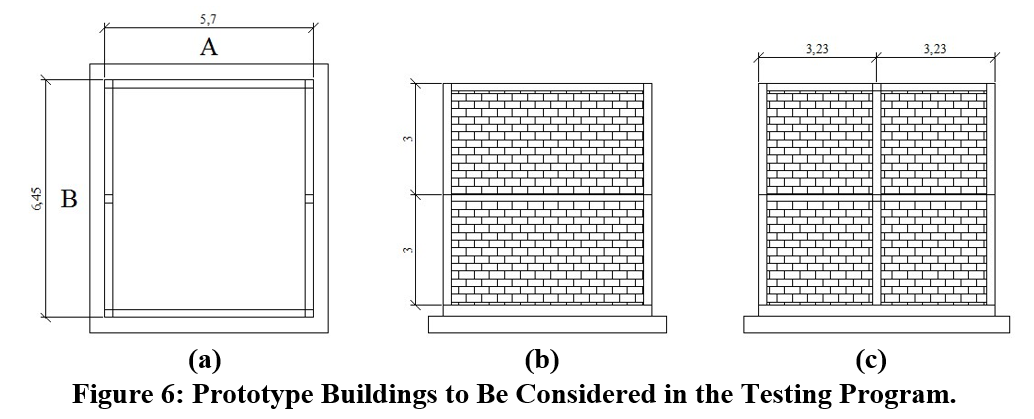P.B. Lourenco1, J.C. Leite2 and M.F. Paulo-Pereira3
- Professor, ISISE, Department of Civil Engineering, School of Engineering, University of Minho, Azurém, 4800-058 Guimarães, Portugal, pbl@civil.uminho.pt
- MSc student, ISISE, Department of Civil Engineering, School of Engineering, University of Minho, Azurém, 4800-058 Guimarães, Portugal, jmcleite@gmail.com
- PhD student, ISISE, Department of Civil Engineering, School of Engineering, University of Minho, Azurém, 4800-058 Guimarães, Portugal, pp@ppsec.pt
ABSTRACT
Masonry infills are building elements with high cost that often suffer cracking due to movement of the supports and thermohygral behaviour, with serious consequences in comfort and efficiency, particularly in the case of enclosure walls. The new seismic code in Europe (Eurocode 8) clearly defines the structural designer as responsible for the safety of masonry infills. In this context, there is a clear need of adequate provisions to reduce the seismic vulnerability in regions of moderate and high seismicity, which are not clearly prescribed in the code. A research program involving monotonic and shaking table testing of masonry infills is being prepared at University of Minho and National Laboratory of Civil Engineering. The reasons for the program and a preliminary analysis of the prototype are addressed here.
KEYWORDS: masonry infills, earthquake damage, push-over analysis, shaking table
C4-4



